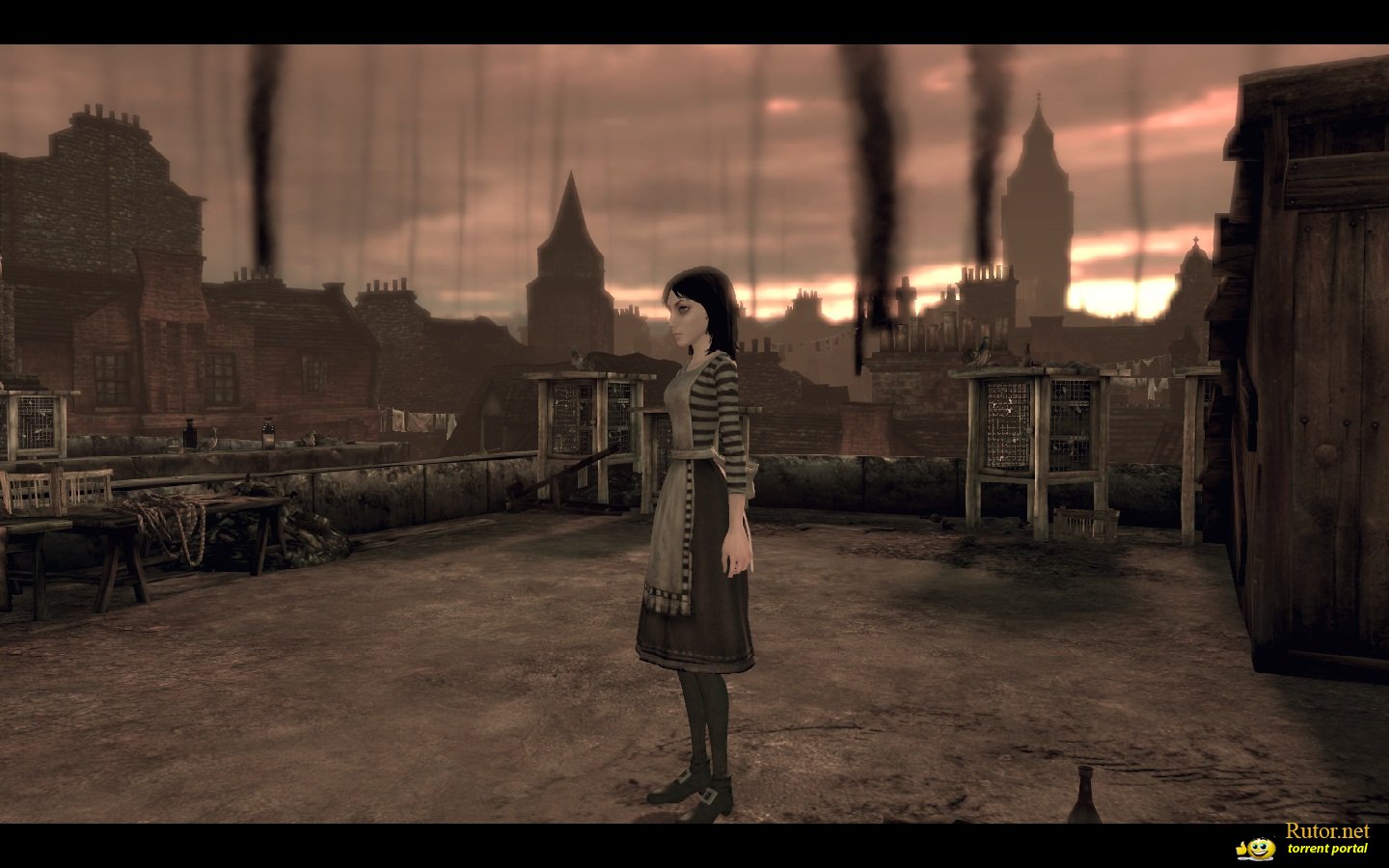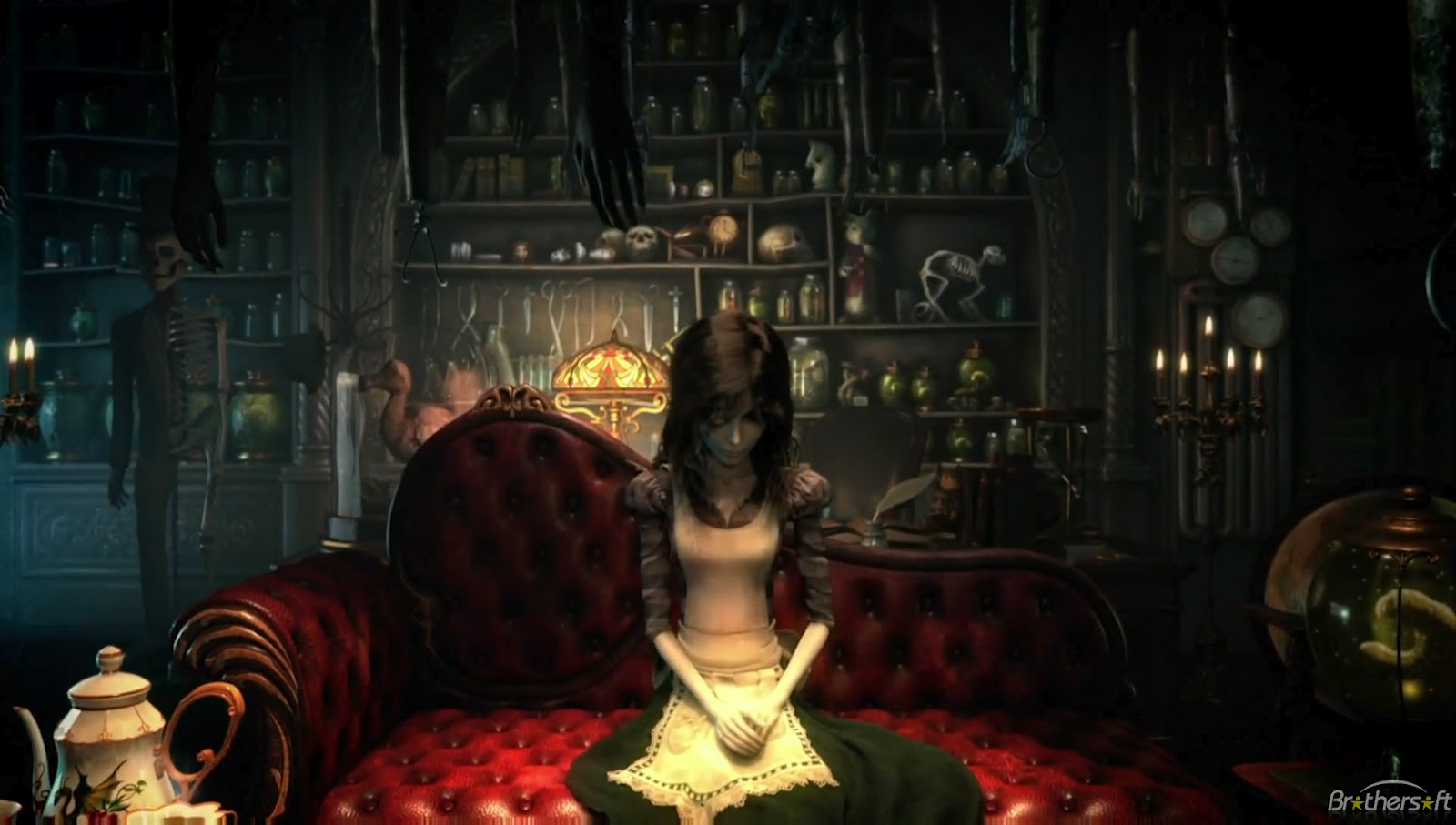


However, earlier I made reference to Nier: Automata, and that’s because Madness Returns’ platforming and action is broken up by other weird detours. I’d love to see how Wonderland’s style would translate to the over-the-top action of Bayonetta. Thanks to Alice’s responsive controls during combat, weapons that force you to change tactics ensure combat remains fun every time you rip apart monster playing cards. These are purely story-based, walk-about sections to break-up the fighting, jumping and exploring that makes up the majority of Alice’s adventures. Here, Alice deals with the trauma of a fire that killed her family while also being tormented by her mental health. The story breaks up levels in Wonderland with trips back to reality in Victorian-era London which is grey, industrial and depressing. In EA’s games, Alice’s reality penetrates the magical land of Wonderland, making her trip more of a hallucinatory journey through her psyche. This is especially true because of the game’s Victorian-era inspirations too.

The epic landscapes in the background the fantasy critters drenched in blood the way the camera zooms in to add drama during combat, Madness Returns is always interesting to look at. Madness Returns particularly deserves praise for its eye-catching presentation. Teapots, playing cards and the denizens of Wonderland have all been contorted grotesquely and it is a delight. EA’s Alice games use the same iconography, characters and stories from Carroll’s books and twists them to an almost unrecognisable extent.


 0 kommentar(er)
0 kommentar(er)
